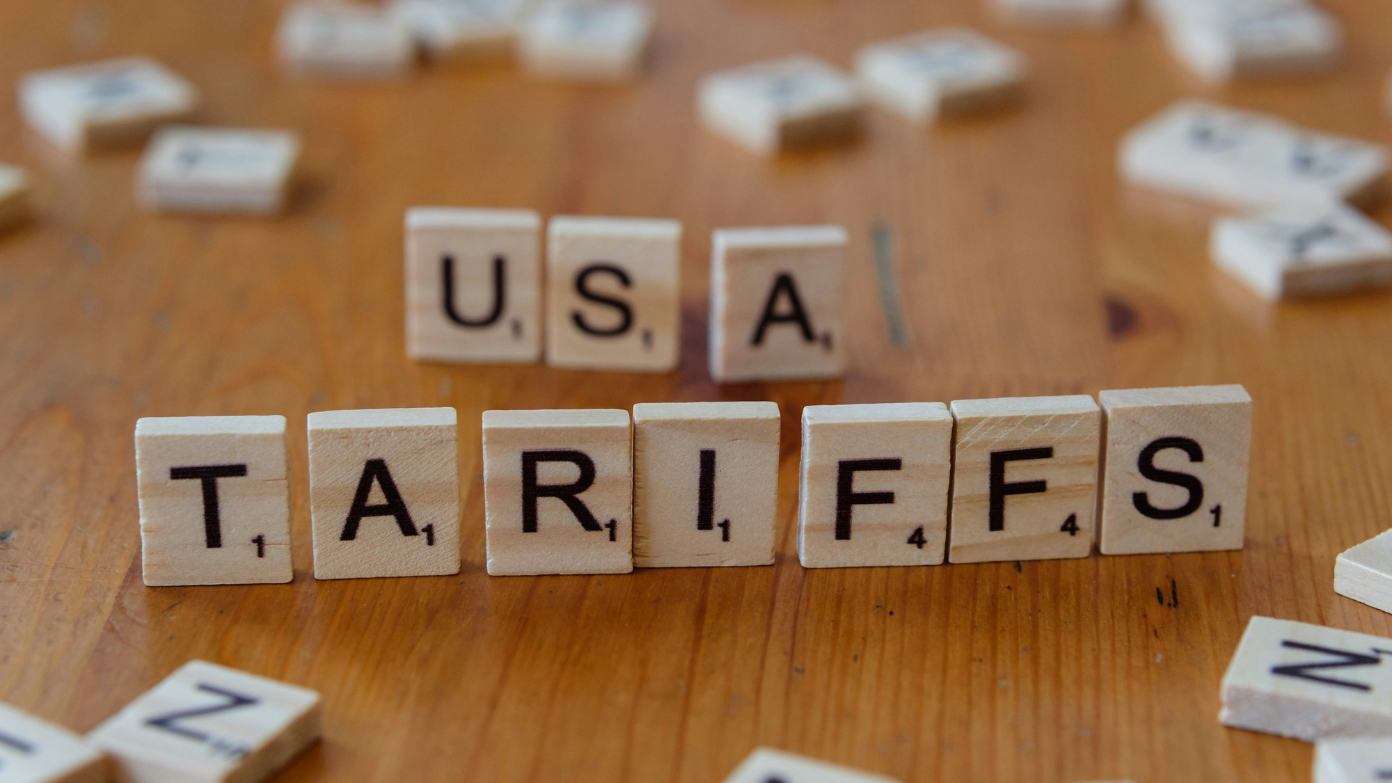The 10-year Treasury yield, the backbone of international financial markets, has witnessed ferocious fluctuations over the past few years owing to the economic policy of the Trump administration, most notably its militant tariff policy. This article explores the rationale behind the 10-year Treasury yield, its use as a sentiment barometer for the economy, and how the existing trade policies have altered its path.
What is the 10-year treasury yield?
The 10-year Treasury yield is what investors are paid for lending money to the U.S. government on a 10-year note. It’s considered to be essentially risk-free because such securities have the full faith and credit of the U.S. government to support them. The yield increases or decreases depending on supply and demand forces: when the prices of bonds increase (due to increased demand), yields decrease, and vice versa.
This yield is a standard against which borrowing costs in the economy that impact mortgage rates, corporate bond yields, and other interest-sensitive financial products are measured. For instance, an increase in the 10-year yield would typically correspond to increased mortgage rates, and a decrease decreases the cost of borrowing for the consumers and the companies.
The economic significance of the 10-year yield
The 10-year Treasury rate is a good proxy for economic expectations and investor optimism. Investors are most optimistic when they move capital out of safe-haven investments such as Treasurys and into riskier assets such as stocks. This lowers the demand for bonds, raising yields. In times of stress or uncertainty in the markets, investors move into Treasurys, which drives prices up and lowers yields.
Also, the yield curve—a graph of Treasury yields against maturities—gives insight into future economic conditions. An upward-sloping yield curve (long-term yields higher than short-term ones) indicates optimism regarding growth, but an inverted curve (short-term yields higher than long-term ones) will typically indicate an impending recession. The curve flattened recently because there were mixed messages regarding inflation and growth.
How tariffs influence economic conditions
Tariffs, or levies on foreign imports, are designed to shield domestic industries but tend to provoke retaliatory action and distort world trade patterns. President Donald Trump’s administration’s 2025 tariff policies—a blanket 10% levy on virtually all American imports and selective tariffs on China, the European Union, and Japan—have pumped uncertainty into financial markets.
Tariffs are alleged by economists to increase business and consumer prices, reduce investment, and slow economic growth. The $2.2 trillion trade tariffs imposed in March 2025 on Canada, Mexico, and China, for example, triggered swift retaliations such as export bans and counter-tariffs on U.S. farm goods. These have triggered threats of a full-blown world trade war, which would smother economic activity and corporate profits.
The impact of Trump’s tariffs on the 10-year yield
The surprise announcement of across-the-board tariffs in April 2025 triggered a shock reaction in Treasury markets. The 10-year yield dropped to 4.00%, a six-month trough, as investors turned to safety in the wake of a global equity sell-off. This decline is two related dynamics:
- Risk aversion: Tariffs were added to economic worry, leading investors to prefer the safety of maintaining capital to better returns. The S&P 500 declined more than 4% in the weeks after the tariff announcement, fueling the rush into Treasury.
- Monetary policy expectations: Reduced growth and trade dislocation increased Federal Reserve rate cuts as a way to stimulate the economy. Decreased benchmark interest rates lower the cost of not investing funds into a long-term bond, again lowering yields.
Notably, the yield curve flattened as short rates remained high relative to long rates, the outcome of market skepticism of the sustainability of economic expansion.
Wider implications for markets and policy
The Trump tariffs highlight the nexus between trade policy and financial markets. Although lower Treasury yields lower borrowing costs for consumers, they also reflect weaker expectations of growth and investor risk aversion. Further, tariffs may set off a feedback loop: increased import costs could feed through to inflation, making it more challenging for the Fed to ease without adding to price pressures.
For policymakers, the dilemma is in reconciling protectionist ambitions with the destabilizing impact of trade barriers. For investors, however, they are forced to maneuver in a system where geopolitical decisions increasingly drive market outcomes.
Read more: T-Mobile is sending a check to millions of Americans for settlement amounts up to $25,000 – Here are the payout dates to receive the…
Read more: How much does a car mechanic earn on average in the United States in 2025 and what is the salary with allowances?

